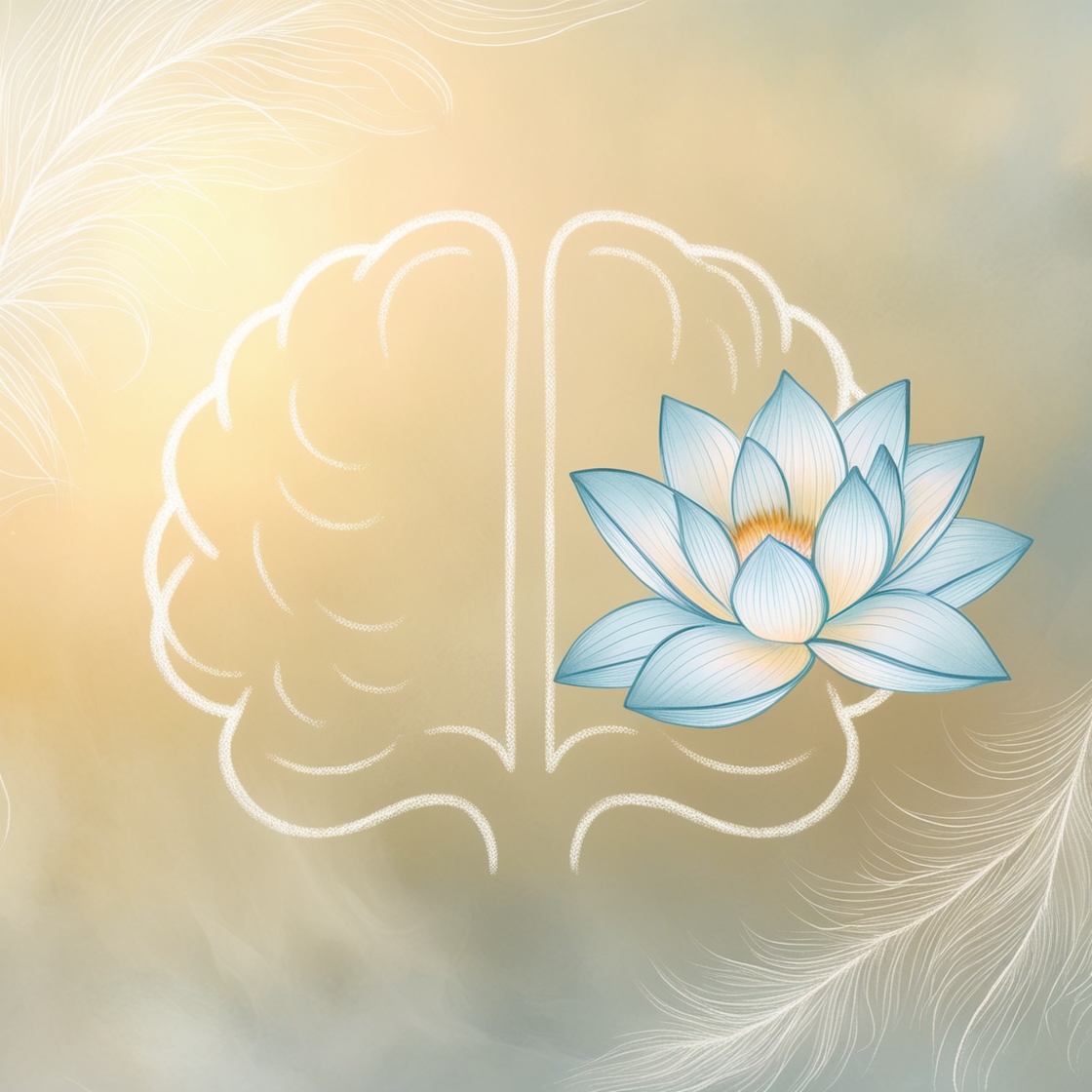So often, we are drawn to ideals like peace, purity, bliss, and love—concepts that, at their core, are not inherently problematic. However, when we hold onto these ideals rigidly, they can inadvertently lead us to self-judgment. We look at where we aren’t instead of appreciating where we are.
Have you ever caught yourself thinking, “I’m not peaceful enough” or “I’m not pure enough”? When pursued in a way that is disconnected from compassion for where we truly are in the moment, these ideals can create internal conflict. They cause us to believe something is wrong with us simply because we haven’t attained the ideal.
As you move through your daily life, I encourage you to reflect on how much of your spiritual practice has been about “doing”—following rules, pushing through effort, trying to become something. What if we shifted to simply being with ourselves without attachment to ideals? This practice of being is one of integration—not idealization.
Ideals vs. Reality
We often unconsciously set ourselves up for failure when we hold onto ideals. Perfectionism can isolate us from the present moment. It makes us think that we are somehow lacking if we haven’t reached that ideal. But growth, true spiritual growth, comes from integration: accepting the imperfections, recognizing the present moment, and making space for the fullness of who we are.
Take a moment and think about where you’ve been caught in the trap of perfectionism or self-criticism. What would it look like if you could be with that part of yourself without judgment? Can you begin to let go of the need to “do it right” and instead experience your practice and life as they are?
Recognizing the grip of the Inner Critic
This brings us to one of the greatest obstacles on the path of spiritual growth: the Inner critic. This is that harsh inner voice that constantly judges us. It tells us we’re not mindful, pure, or good enough. It holds us to impossible standards.
Sometimes in our practice, especially in moments of stillness. Thoughts can arise like, “You’re too attached” or “You’re not meditating properly.” And rather than being able to observe these thoughts simply, we believe them and try harder, which only leads to frustration.
This inner critic lives inside all of us. It manifests in the critical voices that tell us we are not enough. And if we do not recognize it, we remain trapped in a cycle of self-judgment and compulsive striving.
Understanding the Effects of Self-Criticism
Allowing this inner critic to dominate leads to patterns like avoidance, burnout, and compulsive effort. In meditation, for example, you might find yourself forcing concentration rather than letting thoughts naturally come and go. Or in life, you might overwork, believing that by achieving more, you’ll be able to quiet the inner critic.
But this doesn’t lead to peace. It leads to a tightening of the heart and mind. Spiritual growth isn’t about pushing harder; it’s about releasing that effort and cultivating freedom from the inner critic.
I invite you to think of a time when your Inner Critic affected your practice or daily life. What did that voice say? How did it influence your actions? What would it be like if you could disengage from that voice and be with what is?
Moving From Head to Heart
As we move forward in our practice, one of the most profound shifts is moving from head-driven practice to heart-centered practice. So often, we approach spirituality from a place of analysis: “I should do this,” or “I should be this way.”
But the heart operates differently. The heart doesn’t judge, it doesn’t hold on to ideals; it simply feels. It is about connection, not achievement.
Take a moment and reflect on this question: When was the last time you practised something from the heart—without any agenda or self-criticism? Perhaps it was a moment of kindness toward yourself or a moment of genuine connection with someone else. These moments are the heart of spiritual practice.
Kindness in Action
One of the most powerful expressions of the heart is kindness. True kindness comes from a place of empathy and compassion. It’s not about “doing something nice” because you feel you should. It’s about showing up with presence and care.
I encourage you to think about how you can practice kindness toward yourself—speaking to yourself as you would to a dear friend. And think about how small, relational actions—like caring for others or simply being present with nature—can nurture your compassionate heart.
Recognizing Genuine Effort
There’s a balance in spiritual practice between effort and surrender. Too much effort can burn us out, while too little can leave us stagnant. Genuine effort comes from mindfulness and self-acceptance, not from compulsion. It’s about being fully present without pushing against the flow of life.
The Practice of Letting Go
Letting go is one of the most powerful practices we can cultivate. Letting go of perfectionism. Letting go of the need to control. Letting go of self-judgment.
Reflect for a moment on one area where you might need to “let go.” What might it feel like to release the need for constant effort? What support do you need in order to do so?
The beauty of spiritual practice is in integration—bringing together the mind’s wisdom with the heart’s compassion. When we can balance intellect with empathy and discipline with kindness, we create a practice that is sustainable and deeply fulfilling. As you continue your journey, think about creating a routine that includes mindfulness, compassion, and rest. Reflect on the importance of patience and self-forgiveness in your growth.

